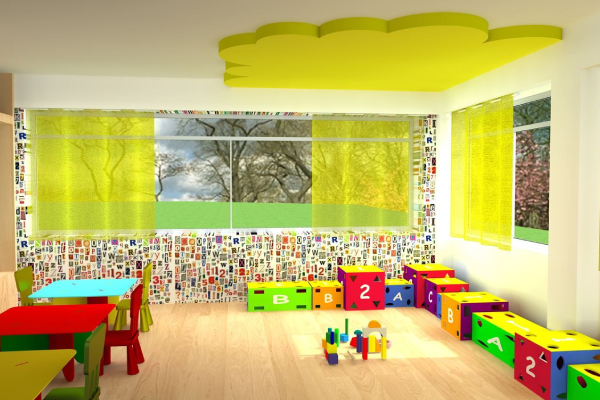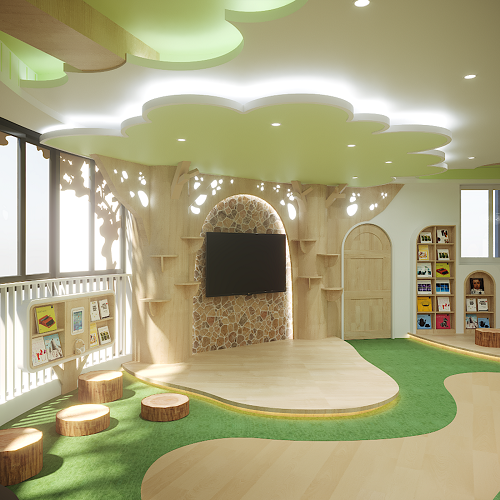
How Should A Kindergarten Classroom Be Decorated?
Kindergarten is a place where children can learn important skills, such as social, emotional, problem-solving, and study. A lovely kindergarten design boosts parents’ confidence and makes your Kindergarten look professional.
Because Kindergarten is such an important time for students to develop cognitive, social, self-help, and literary skills, the criteria for selecting a space is a challenge in and of itself. Students want open, fluid designs in the classroom, and designers should look for ways to create breakout spaces. This article provides an in-depth insight from experts of a leading design college that offers the best design course in Chennai. Find out more.
Designing The Interior Of A Kindergarten: 10 Tips To Keep In Mind
Albert Einstein’s philosophy of education is that the learning environment should be designed to create an ideal environment for learning. When designing a facility for children, use graphics as much as possible. Even though children with special needs struggle to read, use images and sketches whenever possible.
When designing a kindergarten school, remember that children should always be visible. Experts from the best design colleges in Chennai have developed a comprehensive list of interior suggestions to make your Kindergarten warm and inviting. Read more here.
- Information about student roles, directions for staff and children, and a schedule for various activities are available on walls.
- Children are given various seating options in Kindergarten schools, including a low height large round table.
- Children prefer to sit in groups, but you can combine tables and desks if the space is large enough.
- Children should sit in a low-height, warm-coloured chair while reading a book or teaching.
- Children’s belongings should be kept in the hallway or classroom, depending on space availability.
- Children tend to hide in lockers, so teachers should keep their personal restricted space.
- Children should find books easily in kindergartens and preschools by dividing them into different categories.
- Avoid using too many bright colours in your child’s playschool. Use cool, pastel colours instead.
- The classroom design should allow for change, and the room should be curved, open, and have high ceilings.
- Curvilinear design stimulates the brain’s core emotion network, while high ceilings increase attention.
- Budget constraints can limit design, but mirrors can transform small spaces and create the illusion of multiple windows.
- Children learn better under the illumination of skylights or windows. Nature-inspired classroom design has a positive impact on students’ grades and satisfaction.

7 Unique And Beautiful Ideas For Kindergarten Design
- Use natural light, plywood, and soft lighting to create a relaxing atmosphere for children.
- An open-air kindergarten with no walls and allows children to play and learn together.
- Transformed an old house into a kindergarten with a curved roofline and a SLIDE built into one of the walls.
- Incorporate the old wooden structure of the building into the new design.
- Create a kindergarten with various learning zones, encouraging young children to be creative and interact with one another.
- Use colours to help children learn about colours. Children can use the spinning wooden slats to interact with the colours behind them.
- Designed with a minimalist aesthetic and a focus on efficiency. The space should be bright and fun.
The classroom should be divided into areas for different interests. If your preschool classroom layout isn’t working for your group, change it. The majority of classrooms are set up with Interest Learning Centers. Consider how your classroom is used and how much activity occurs in each interest centre when planning your classroom layout.





